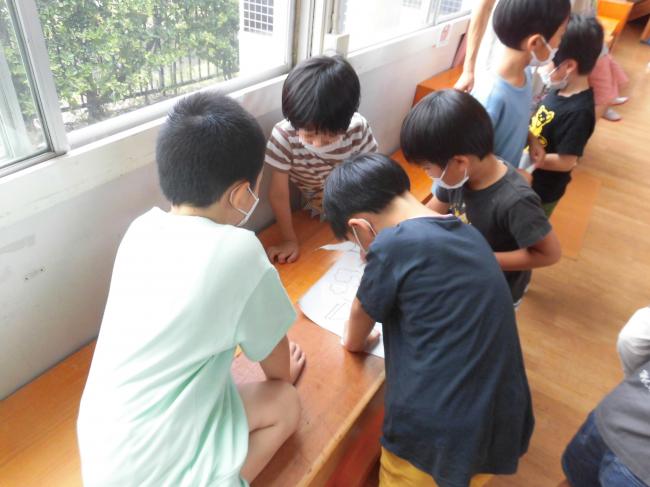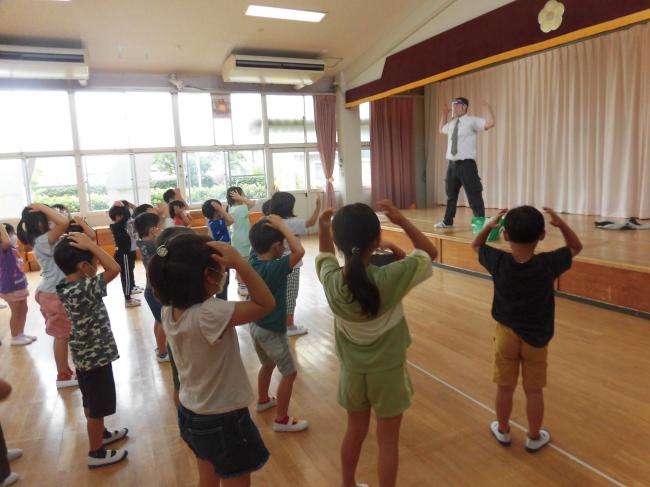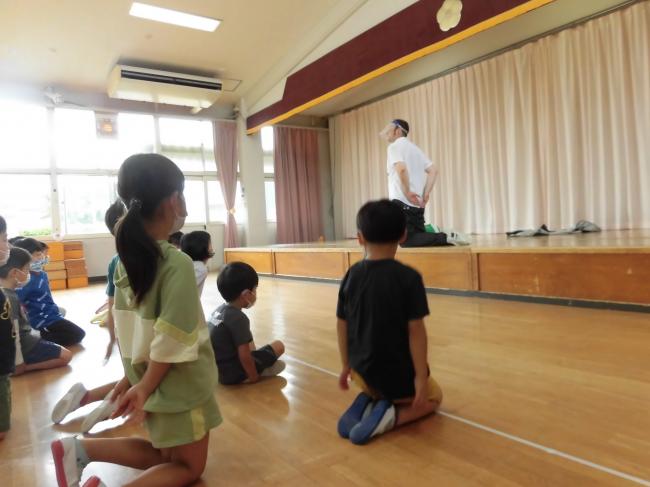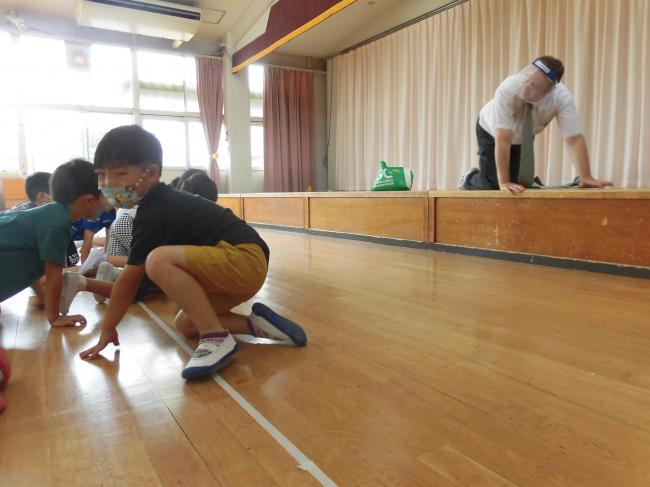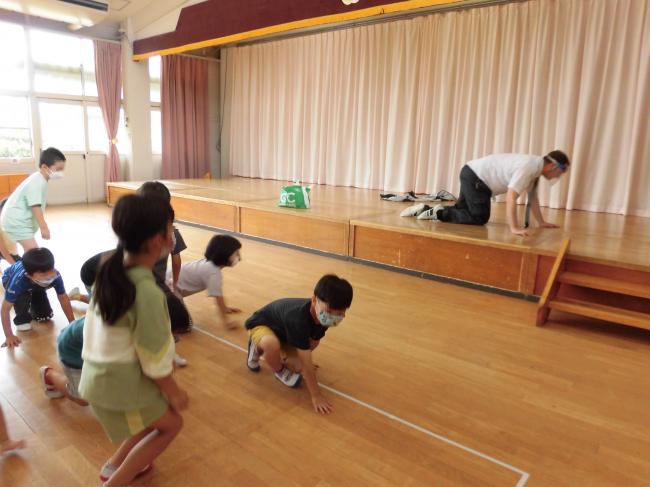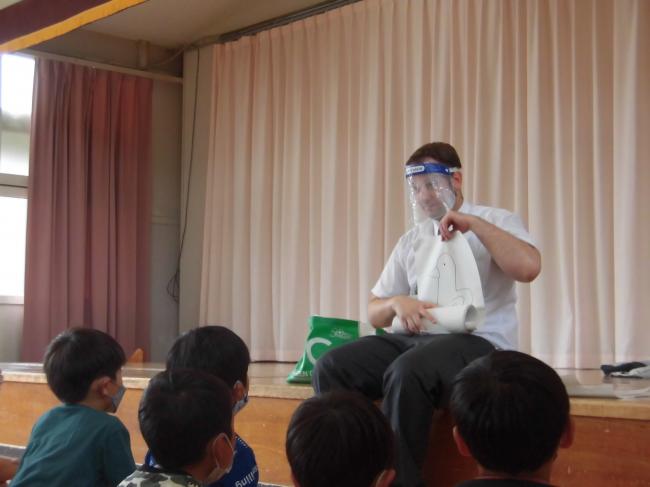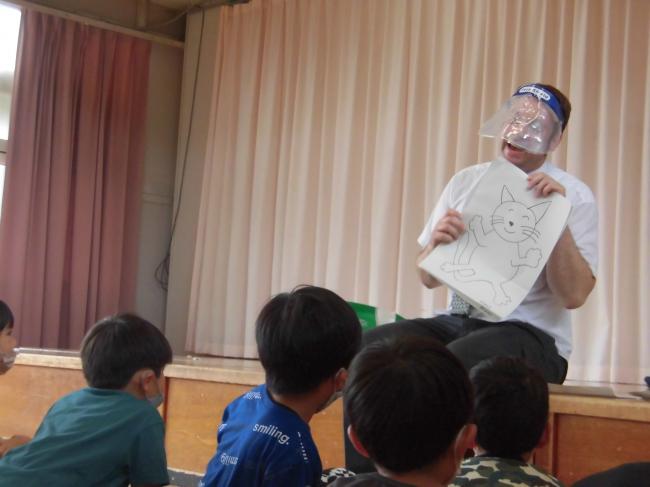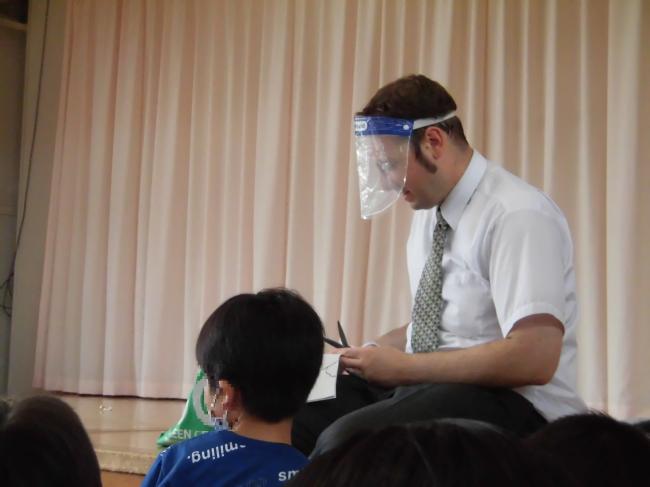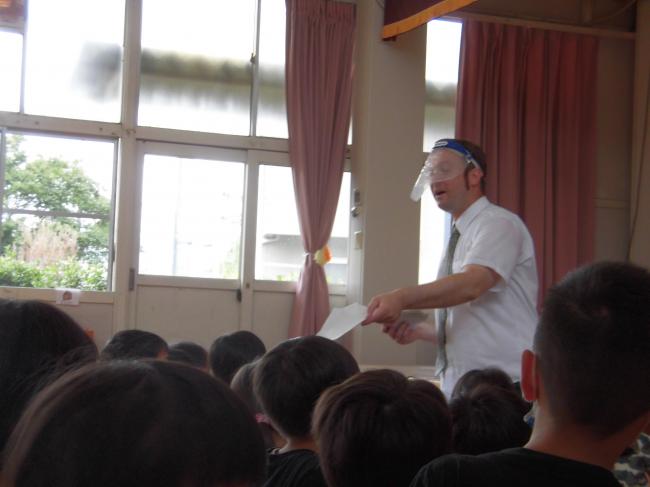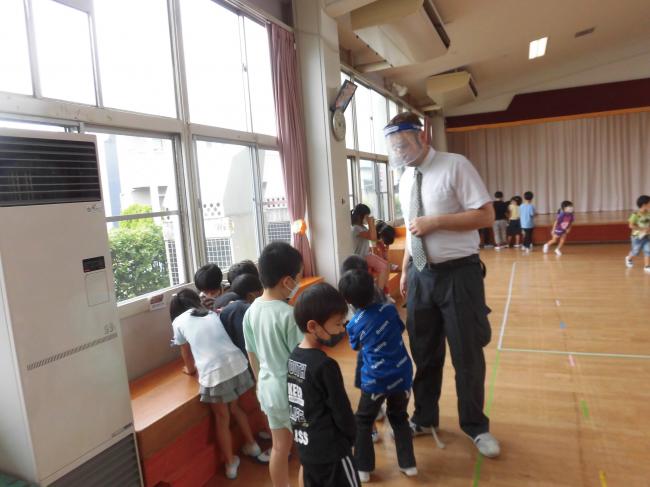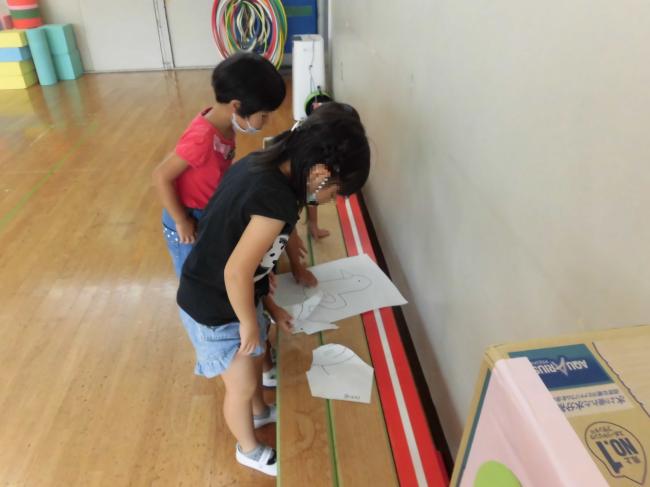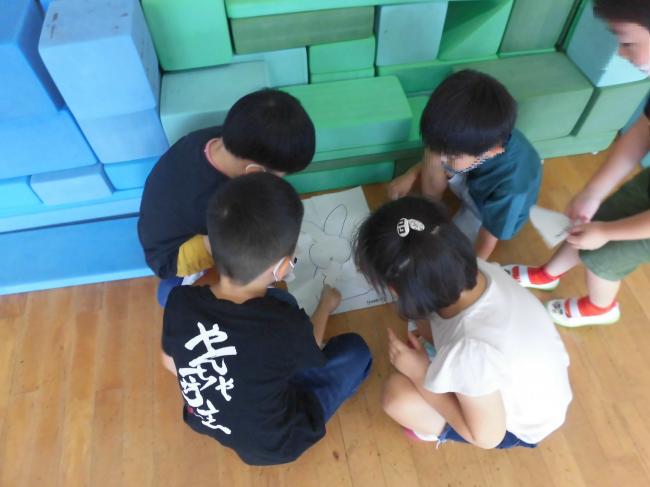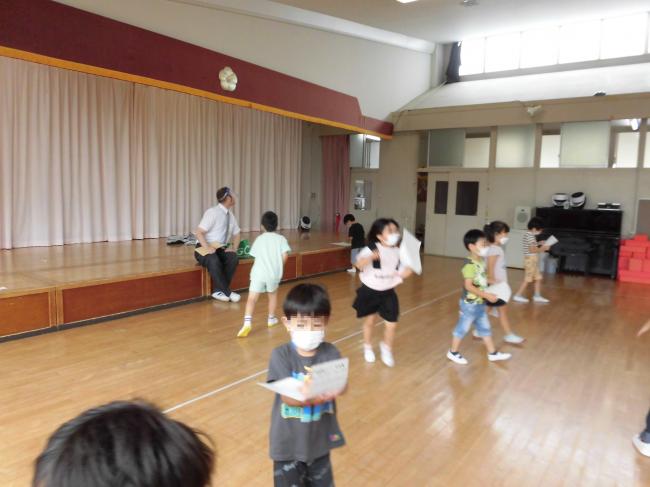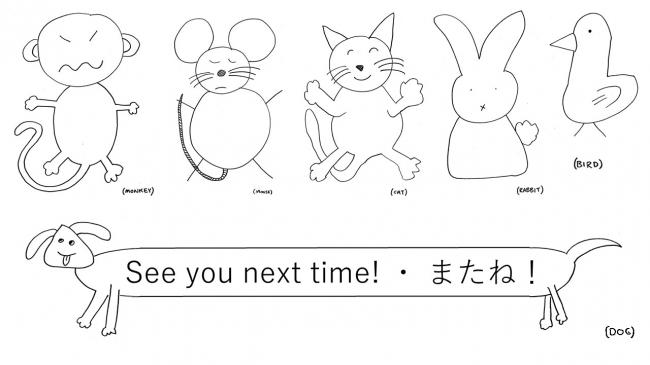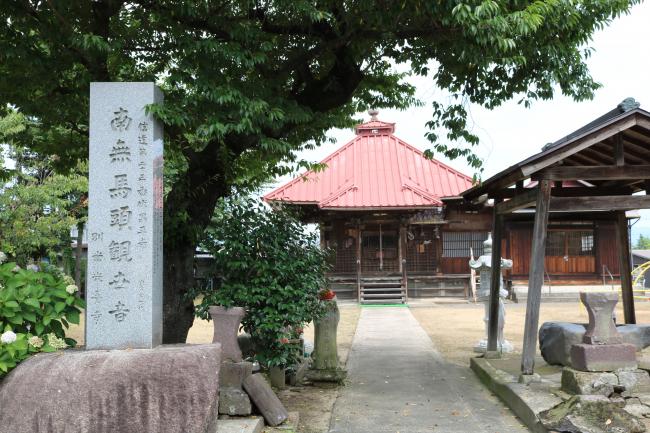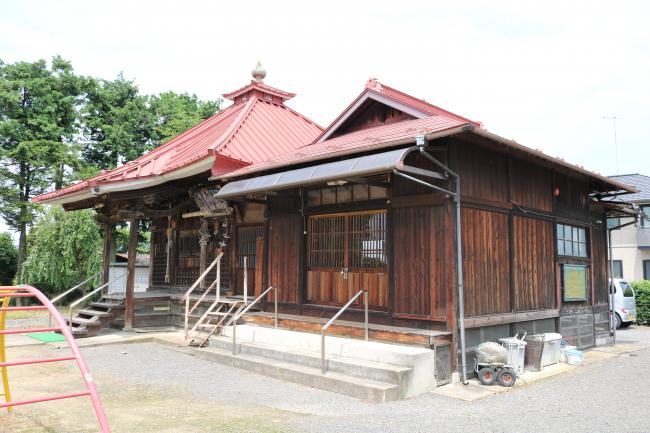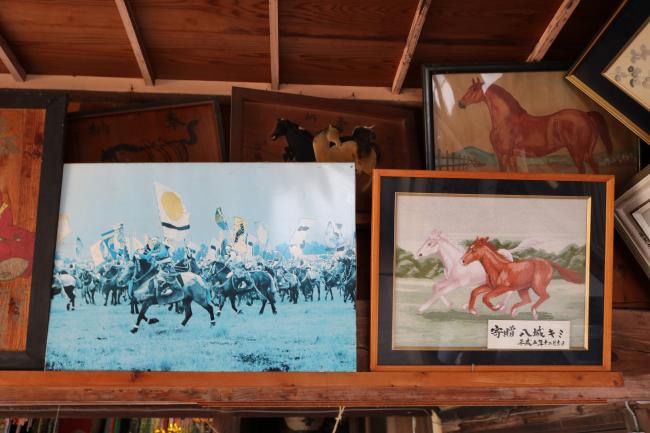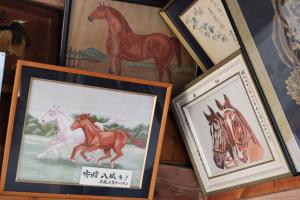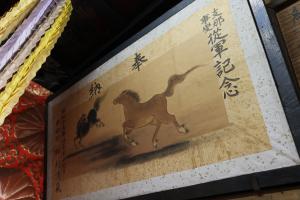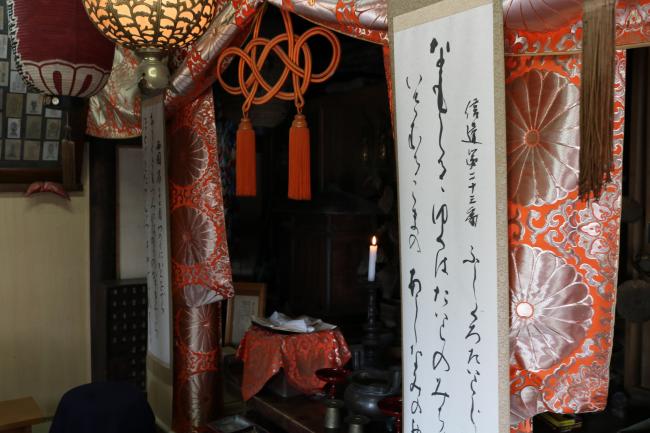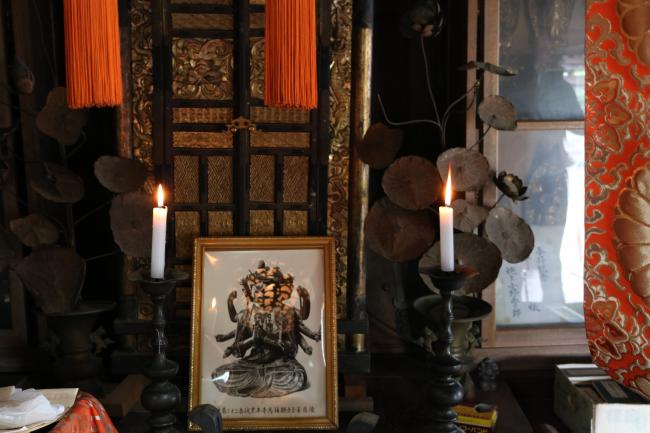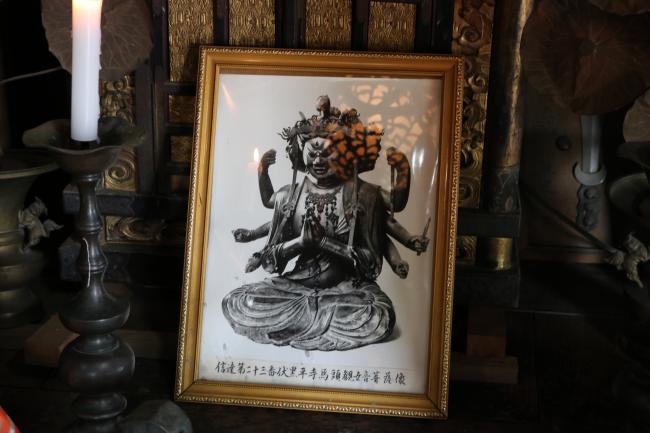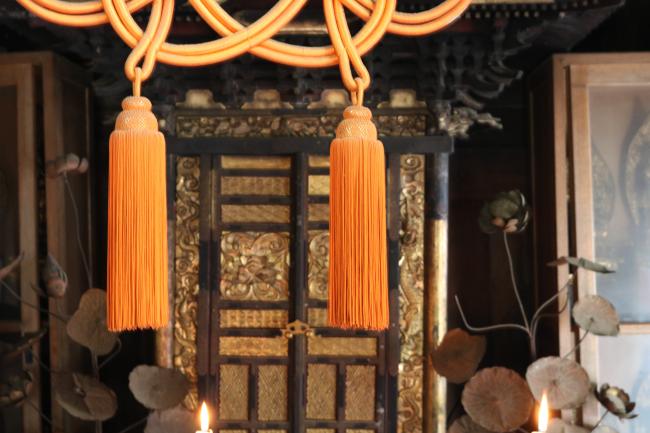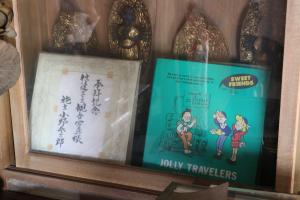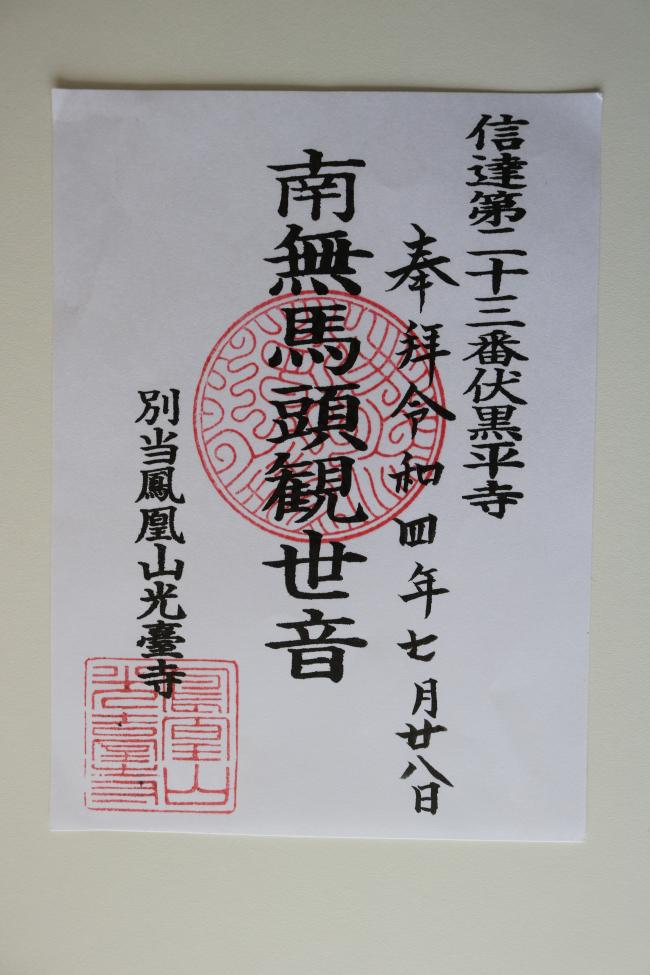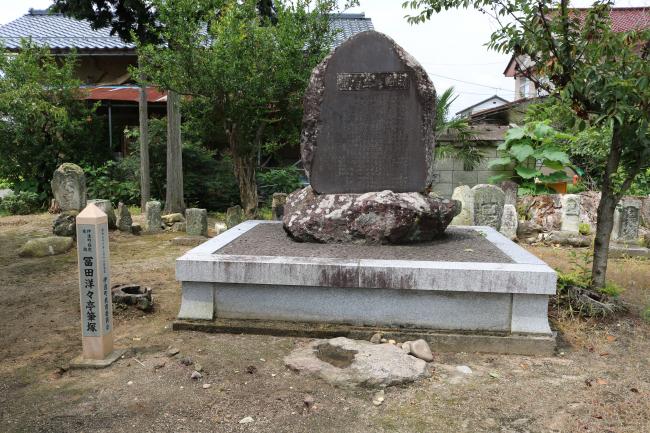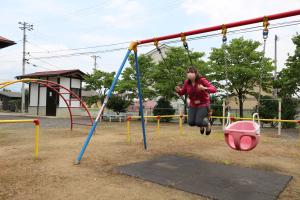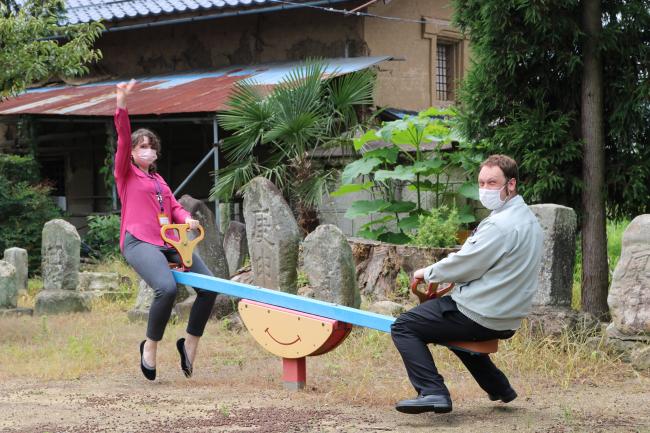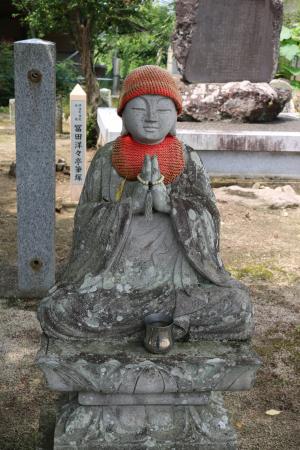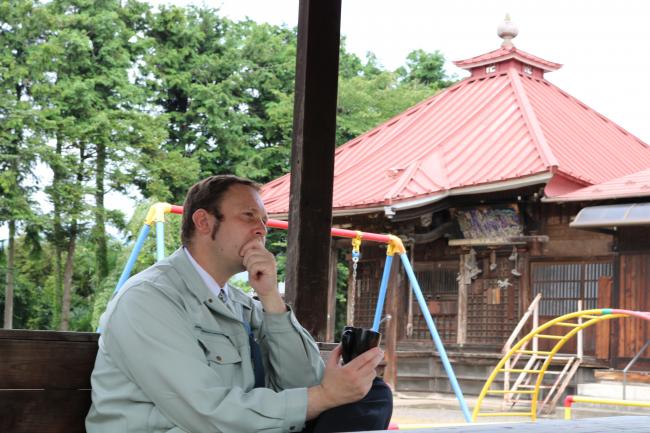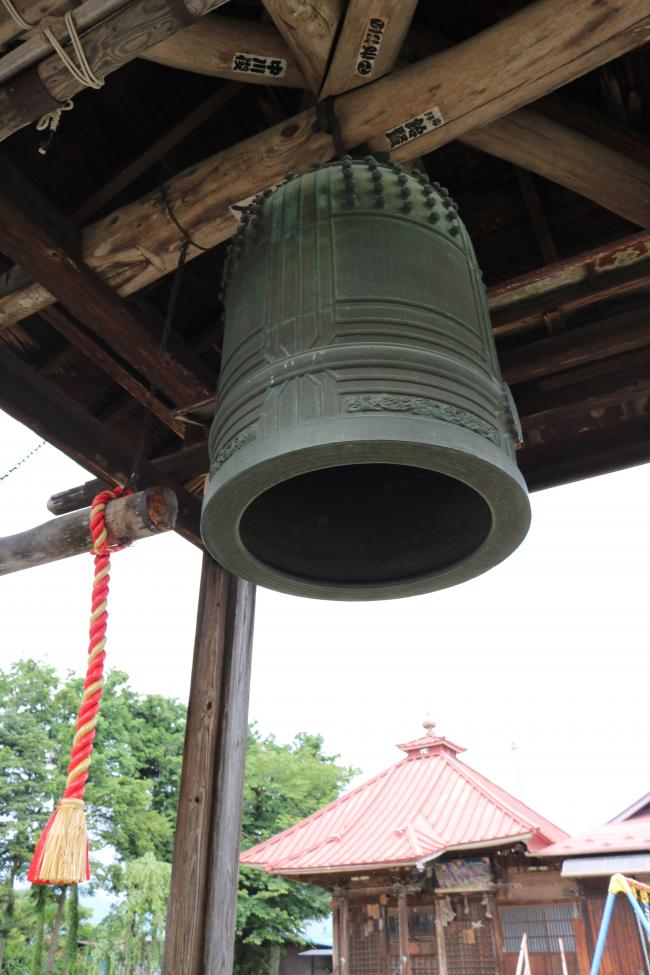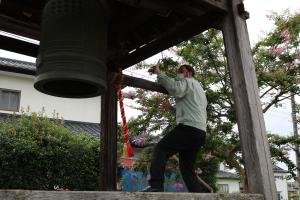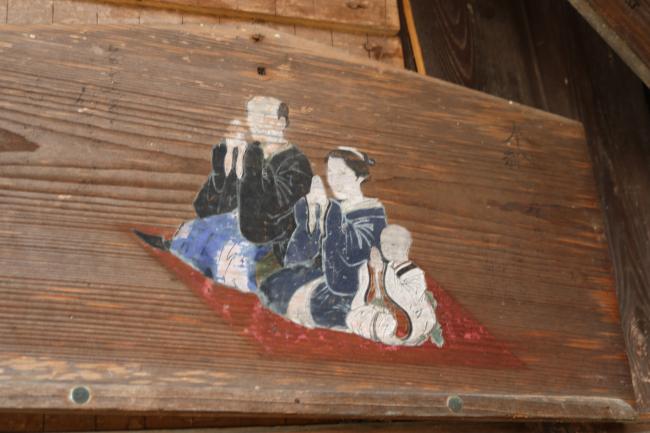本文
July's English Experience・7月の英語体験
The last English experience before the summer vacation, July’s lesson was a chance for the children to experience group work.
夏休みの前の最後の英語体験で、7月は子ども達が共同作業を経験する機会でした。
The first thing we did together, however, was sing and dance Head, Shoulders, Knees, and Toes.
しかし、まずは頭・肩・膝・爪先の歌と踊りを一緒にしました。
Soon afterward, Simon said “Kneel!”
その後、船長は「Kneel!」[ひざまずいて!] と命令しました。
Which is to say, we were playing Simon Says; and even though everyone was old enough to walk, Simon (your correspondent) was instructing the children to crawl.
つまり、「船長さんの命令ゲーム」をしていました。そして、皆さんはもう歩ける年齢だったのに、這うように指導しました。
As with the months before, the next agenda item was a group performance of If You're Happy and You Know It.
前の月と同じく、次の事項は「幸せなら手をたたこう」の合唱でした。
However, this performance does change with time; for each month, original verses are added to reinforce the names of movements learned while playing Simon Says a few minutes prior.
だたし、歌の内容は同じではありません。その前の「船長さんの命令ゲーム」で習った動きの名前は毎月、歌の新しい一節になります。
So month’s song ended with the stanza, “If you’re happy and you know it, crawl around,” and the children were once again back to infantile ambulation.
そのため、今回の歌が「幸せなら、あっちこっちに這おう」の一節で終わり、子ども達が赤ちゃんの頃の移動方法に戻りました。
Returning to our feet, we drew closer upon game time.
立ち上がると、ゲームの時間が近づきました。
Yet a preliminary quiz was awaiting the children.
でも、その前に下準備がありました。
They were tasked with guessing the identity of a number of animals, whose pictures I slowly revealed.
僕は動物の絵をゆっくりとあらわにして、子ども達はその動物の正体を推測しました。
Unusually, these particular illustrations were the product of my own limited artistic abilities.
実は、その絵は僕が描いたものでした。
Nonetheless, the children seemed to like them.
それにもかかわらず、子ども達は気に入ってくれたみたいです。
So they were surprised when I began to cut them up.
なので、僕が絵をハサミで切ったときに子ども達はびっくりしていました。
I then passed out the pieces, at random.
そのあと僕は切れ端をバラバラに子ども達に配りました。
After I placed uncut images at various sites across the hall, the children rushed back and forth between them, trying to find the picture of which their piece was a part.
僕が切られていない絵を遊戯室の色んな所に置いた後、子ども達は自分の切れ端が当てはまる絵を探しに、行ったり来たりしました。
As to their proper placement, some pieces were admittedly less obvious than others.
切れ端によっては、分かりやすいものとそうでないもがありました。
Despite this, the children were eventually able to reconstruct each animal.
それでも最後には、子ども達はそれぞれの動物を完成させました。
As a reward for their diligent efforts, I passed out presents.
その頑張った皆さんへご褒美として、プレゼントを配りました。
Yours is available through the link below.
愛読者の皆さんへのプレゼントは、下のリンクになります。
Do your best, and look forward to future installments!
プレゼントを頑張って、次回の日記をお楽しみに!
(Posted by: Tony ・ 作成者:トニー)
The Kannon of Taira Temple ・ 平寺観音
After visiting the Kannon of Hōju Temple in the heart of what was once Date Town, we crossed the Abukuma River to the former town’s Fushiguro neighborhood.
旧伊達町の中心にある宝寿寺観音に参った後、僕達は阿武隈川を渡って、伏黒地区に行きました。
Our destination was the Kannon of Taira Temple.
目的地は平寺観音でした。
Like many of the Kannon halls we’ve visited so far, it seems to have been subject to an addition at some point in the past.
今まで訪問した多くの観音堂と同じく、ここにも増築がされていました。
Welcomed by the attendant Buddhist cleric from nearby Kōdai Temple, we entered the newer section of the Kannon hall.
近くにある光臺寺のお坊さんが歓迎してくださった後、観音堂のより新しい部屋に入りました。
Inside, we were surprised to find a veritable herd of horses.
中では、馬群を見て、びっくりしました。
The manifestation of Kannon revered here is Batōkannon (“horse-head Kannon”), and thus veneration has often involved equine images.
ここの御本尊は馬頭観音ですので、馬の絵などは多いです。
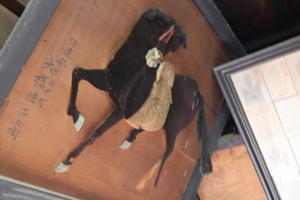
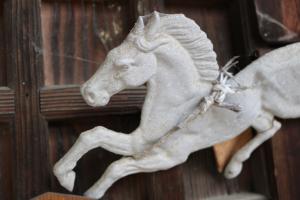
Yet, a horse-headed Kannon?
しかし、馬の頭の観音様?
Our curiosity was piqued.
僕達は好奇心が掻き立てられました。
What does the horse-head Kannon of Taira Temple look like?
平寺の馬頭観音はどんな姿でしょうか?
Something like the photograph, or so we were told.
写真の通り、だそうです。
We came on the wrong day of the year to see the Kannon of Taira Temple; it is only made visible on the seventeenth day of the first month, as determined by the former lunisolar calendar of Japan.
御本尊開帳は旧暦の1月17日のみなのだそうです。
However, we did spot many other Buddhist statues, some of which were only partially hidden.
しかし、他の仏像が見られました。部分的に隠れている仏像もありました。
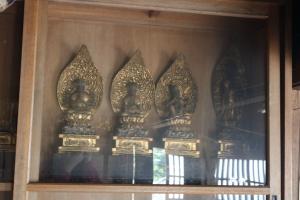
And even without seeing the Kannon of Taira Temple, I received a signed seal in exceptionally clear handwriting.
そして、平寺観音の御本尊の拝見ができなくても、きれいな字の御朱印を頂きました。
Apparently, exceptional handwriting is a celebrated trait in this community; in front of the Kannon hall lies a burial mound for pens used by Fushiguro’s most famous calligrapher, a certain Mr. TOMITA Yōyōtei-Takehiro.
平寺観音の境内には書聖であった冨田洋々亭竹広の筆塚があります。
However, for those who don’t find burial sites for stationary sufficiently edifying, there is also a playground.
筆塚のほかにも、遊び場もあります。
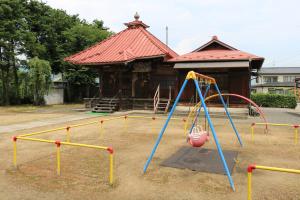
Statues of Jizō stand watch over the playground visitors.
お地蔵様は遊び場の利用者を見守ります。
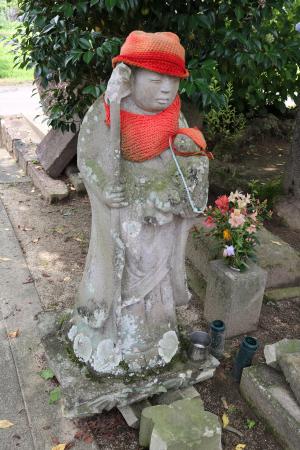
More earthly guardians can sit in the gazebo while watching over their charge, or even when merely contemplating the nature of Batōkannon’s compassionate wrath.
参拝される方々は東屋で子どもを見守ったり、馬頭観音の慈悲に想いを巡らしたりできます。
Although it is not a piece of playground equipment, the large bell is just as enticing.
遊び場の遊具ではありませんが、釣鐘も魅力的です。
I like to think that I was heard across all of Fushiguro.
伏黒地区全域に僕の鐘の音が聞こえた、と思いたいです。
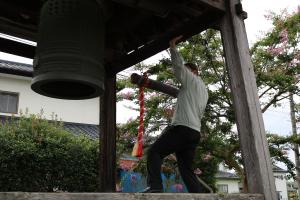
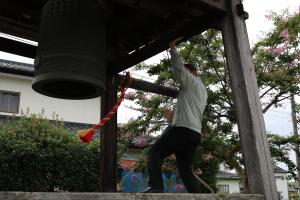
Yet no matter how hard I rang that bell, I doubt that it was heard at our next stop along the Shintatsu 33 pilgrimage.
しかし、その鐘をどんなに強く鳴らしても、僕達の次の巡礼先では聞こえなかったでしょう。
We will be leaving the former town of Date, and visiting another area farther downstream the Abukuma River.
僕達は旧伊達町を去って、阿武隈川のより下流の地区に行きます。
Look forward to it!
次回をお楽しみに!
(Posted by: Tony ・ 作成者:トニー)

